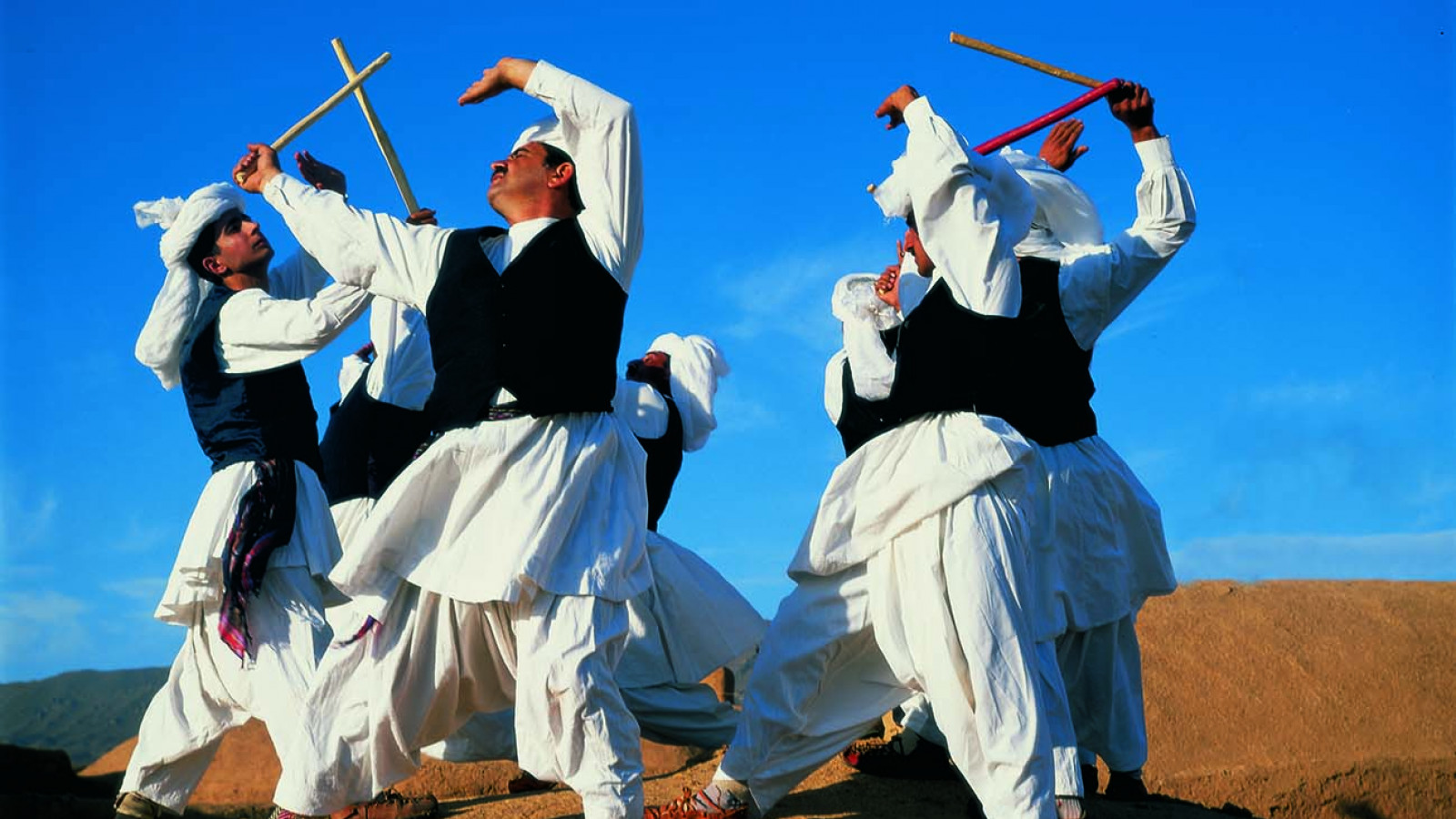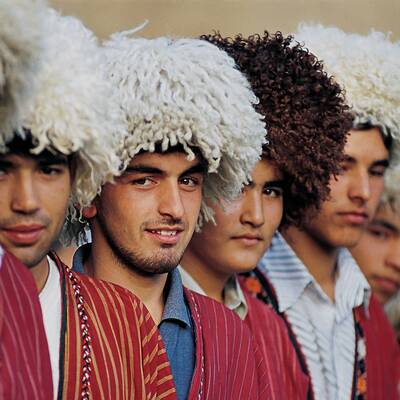
Razavi Khorasan is the middle province of the previous Great Khorasan that was divided into three parts in 1383 SH. Due to the existence of Imam Reza Holy shrine, the eighth Imam of Shia’ in Mashhad, the capital city of this province, it is famous as the religious capital of the Islamic World. Razavi Khorasan reaches to Afghanistan from the east and to Turkmenistan from the north. Semnan, North Khorasan and South Khorasan provinces are respectively its western, northwestern and southern neighbors. Based upon our information about the demographic composition of the adjacent provinces and considering the touristic position of the province itself, the mixed and culturally heterogeneous population of this region seems to be normal. It is why we encounter with different groups wearing different kinds of local clothes in travel to Mashhad. Kurds, Baluches and Arabs are the most distinguished. Regarding this cultural background in Razavi Khorasan, it is not possible to speak about a unique kind of clothing. Therefore, the clothing of this region is usually studied in four groups: (1) Kurds; (2) border area, Torbat-e Jam, Taybad, Bakharz and Khaf; (3) immigrants like Turkmen, Baluches and Arabs; and (4) inhabitants of desert area like Neyshabur, Trbat-e Heydarieh, Sabzevar and Gonabad. Since the main settlement of Khorasan’s Kurds, or Kormanj, is North Khorasan province, we don’t address them here. The only thing we know about the distinctive clothing of Razavi Khorasan inhabitants is that the old Sadat or clerics wore a black turban, without the tail, middle-aged Sadat a black tailed turban, those who made a Hajj a yellow turban, those with the experience of traveling to Karbala a creamy or brown turban and others a white turban. In fact, this turban is the unique headdress of Khorasan with some similarities with that of Afghanistan, especially of its western regions. Other tribes are strongly insisting on their own traditional clothing. Baluch women are seen with their highly embroidered dresses that reaches to the knee and colorful Chadors over their head hanging down their back and Arab men with typically white Dashdasheh (Thawb).
